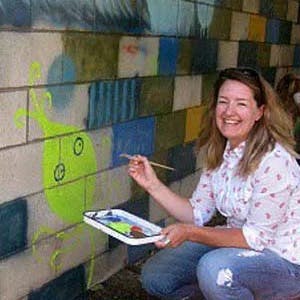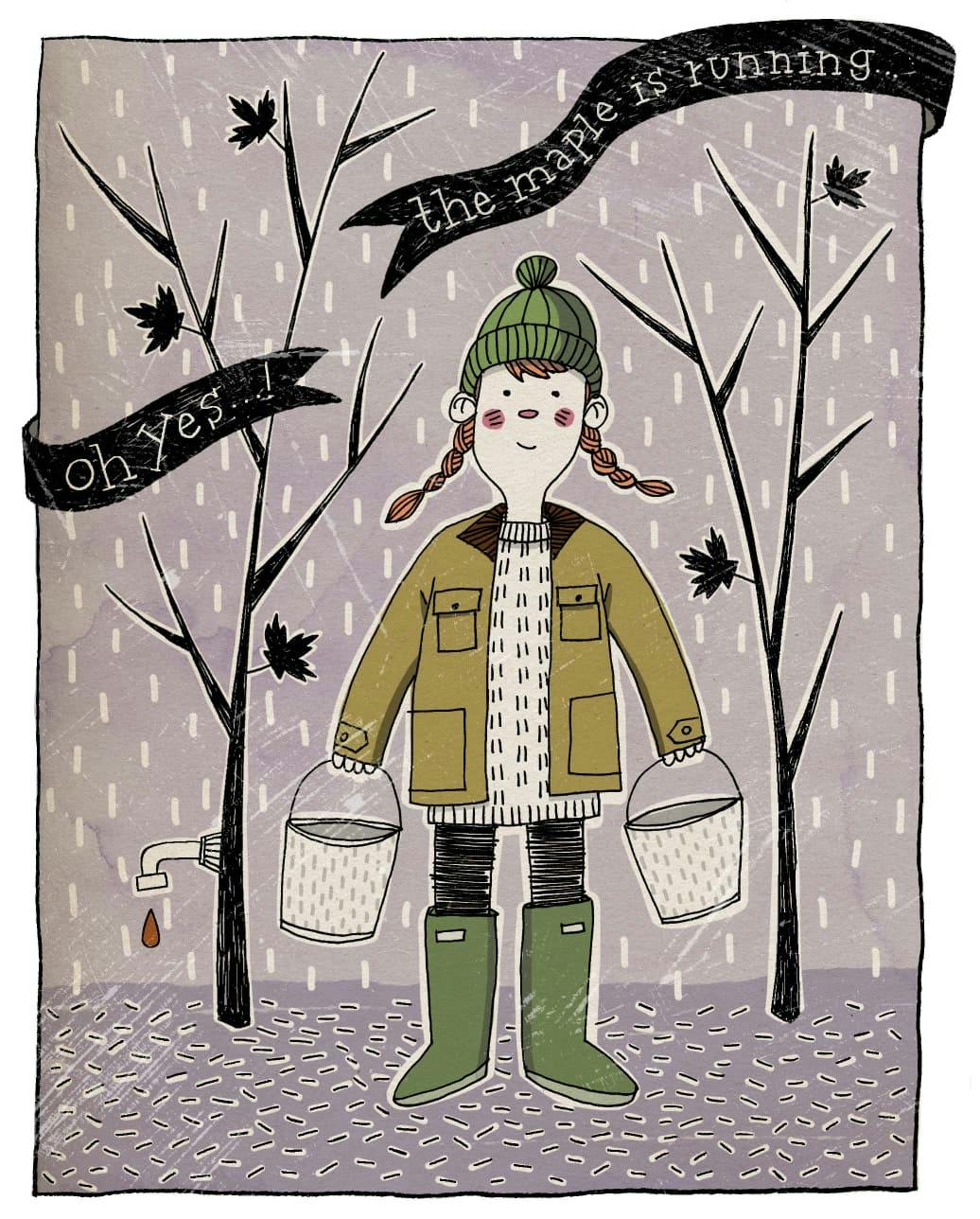
Sukudow
Illustrator
Concept Artist


Art Originating from Deviance
Sue Blanchard: Squirrely, but also oddly consistent. I’ve always been an artist but I followed other passions that satisfied me for a while until they didn’t. I then turned back to making art and reached a new level of fulfillment that may not have been possible had I not taken the earlier detours. Who knows? That’s the great thing about life!

Sue Blanchard: While I do love a sharp, clean graphic logo or illustration, I feel more connected to an illustration that shows the artist’s hand. I don’t need to see perfect perspective or highly realistic rendering. I’d much rather see an interesting line or brushwork and see something fresh and maybe a little bit janky.

Sue Blanchard: Memories, stories told by my family and friends, broken human nature, animals, nature, and travel all fuel my art. I’m not interested in a still life or drawing what I see. I like drawing what I hear and think and letting my mind wander and putting whatever pops into it down on paper.

Sue: Props design in an animated film means you’re designing props which are objects that a character might use or set dressing for an environment. You look at the story reels to understand how the prop will be used and then start sketching, all the while keeping in line with the film’s design language.
“It’s really about allowing myself the time to sit still and let my mind wander or having the discipline to stop whatever I’m doing when an idea pops into my head and taking that moment to draw. When I tell myself I don’t have time to do either, I end up a dry well and it doesn’t feel good at all. Unfortunately, I keep learning this the hard way!”
Once sketches are approved, you paint them up and send them off to be built! I kind of fell into the prop designer position on Angry Birds and am forever grateful for it. Till then I had bounced around as a freelancer working out of my home studio exclusively and this was my first opportunity to work in-house as part of a design team. I learned so much interacting every day with other artists!

Sue: Drawing in my sketchbook with a simple black ink pen brings me the most joy. I’m mobile, it doesn’t require anything other than me and my imagination. When I sit down to a blank page, I have no idea where I’ll go and usually 3 or 4 pages later I look back and marvel at where my mind led my hand.

Sue: If time allows, I always like to start sketching/designing with a paper and pen/pencil. There’s something about it that feels both freeing and rooted for me to start that way. Sometimes it makes more sense to start digitally and even drawing traditionally, I’ll jump into photoshop fairly quickly to finish the sketch and move on to the next phase. Deadlines rarely allow me to work completely traditionally but I try to make sure I’m still drawing/painting and getting messy on a semi-regular basis.

Sue Blanchard: It’s really about allowing myself the time to sit still and let my mind wander. Or having the discipline to stop whatever I’m doing when a thought/memory/idea pops into my head and take that moment to draw. When I tell myself I don’t have time to do either, I end up dry well and it doesn’t feel good at all. Unfortunately, I keep learning this the hard way!

Sue Blanchard: I love a client who knows my work and understands what I do. It’s super fun when I’m hired not only for my style but also for my imagination. It’s painful when you’re hired to create something that is not what you like to do and I’ve often turned those jobs down. I know it’s not going to bring me joy and ultimately, the client won’t be happy either. Life is too short to be a suffering artist!

Sue Blanchard: Totally, I think it impacts society every day! And yet, ironically, I think society does not appreciate the arts as a whole or encourage art as a pursuit.

Sue Blanchard: The most valuable lesson I was taught was learning who you are as an artist is to trust your own style, and your voice and not aspire to be otherwise. It’s tempting to chase a popular trend or see an artist getting great success and think if you just emulate that style or artist, you will also find success. You might find financial success but you may never find your own voice and style.














